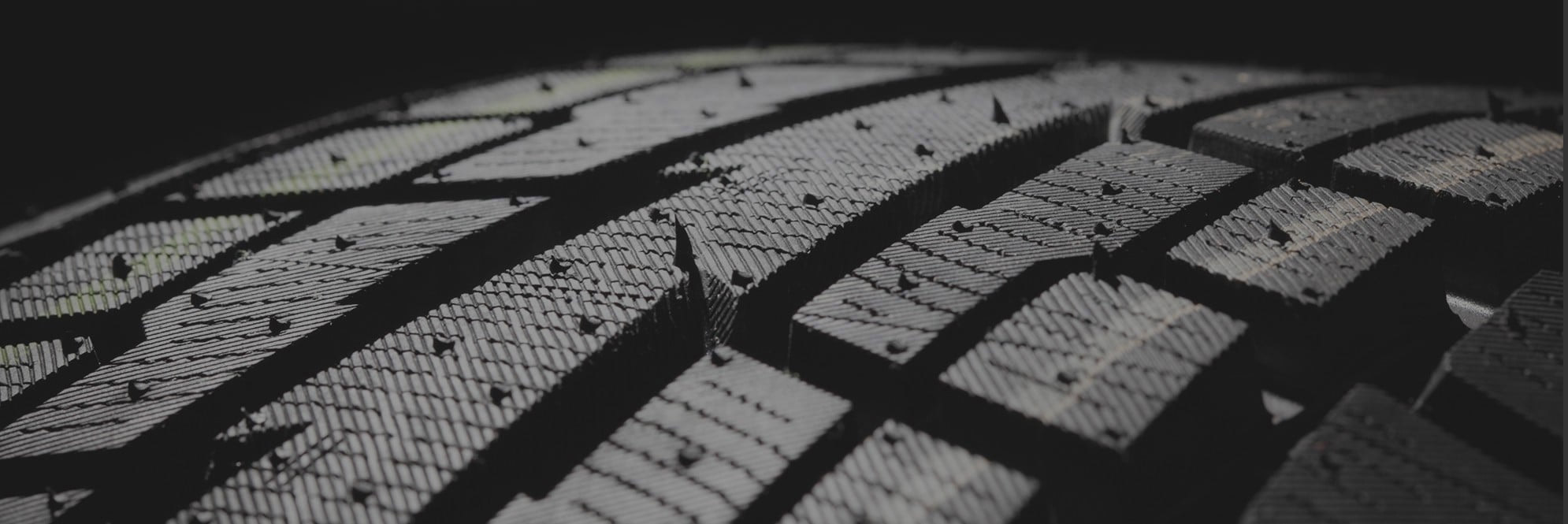outside door bottom seal
Understanding the Importance of Outside Door Bottom Seals
When it comes to home energy efficiency, one often overlooked but vital component is the bottom seal of exterior doors. The outside door bottom seal can play a significant role in maintaining a comfortable indoor environment, enhancing energy efficiency, and protecting your home from various outdoor elements. This article will delve into the importance, benefits, and installation considerations of door bottom seals, as well as tips for choosing the right seal for your needs.
What is an Outside Door Bottom Seal?
An outside door bottom seal is a strip of material installed at the bottom of an exterior door. Its primary purpose is to fill the gap between the door and the threshold, preventing air, water, dust, and pests from entering your home. Typically made from materials such as rubber, vinyl, or silicone, door bottom seals are crucial in creating a tight barrier against the elements.
The Benefits of Installing a Bottom Seal
1. Energy Efficiency One of the most significant advantages of an outside door bottom seal is its ability to improve energy efficiency. Gaps beneath doors can lead to drafts, allowing heated or cooled air to escape, thereby increasing your energy bills. By sealing these gaps, you can maintain a more consistent indoor temperature, reducing the need for heating and cooling and ultimately saving money on energy costs.
2. Moisture and Water Protection During rainy or snowy weather, water can seep under doors, leading to potential damage to your flooring or door structure. An effective bottom seal helps keep moisture at bay, protecting your home from potential water damage, mold growth, and insect infestations.
3. Noise Reduction An outside door bottom seal can also contribute to soundproofing your home. By creating a tighter seal, you can minimize the noise from outside, whether it's busy street sounds, loud neighbors, or other disturbances.
4. Pest Control Gaps at the bottom of exterior doors can serve as an entry point for unwanted pests such as insects and rodents. A bottom seal serves as an effective barrier against these intruders, ensuring your home remains pest-free.
Choosing the Right Seal
outside door bottom seal

When selecting an outside door bottom seal, consider the following factors
- Material The material of the seal can impact its durability and effectiveness. Rubber seals are often flexible and provide a good barrier, while vinyl ones tend to be more rigid but may not offer the same longevity.
- Size Ensure you measure the gap between the bottom of your door and the threshold accurately before purchasing a seal. A proper fit is crucial to maximizing the seal’s effectiveness.
- Installation Type There are various types of door bottom seals available, including sweeps, door shoes, and brush-style seals. Each has its own installation method, so choose one that fits your skills and tools.
- Weather Resistance Depending on your climate, opt for seals that can withstand extreme temperatures and heavy precipitation. Look for seals with weather-resistant features for longevity and performance.
Installation Considerations
Installing an outside door bottom seal is generally a straightforward process that many homeowners can do themselves. Most seals come with instructions, and required tools are usually minimal. The process typically involves measuring the width of your door, cutting the seal to fit, and attaching it to the bottom of the door using adhesive, screws, or nails as specified by the manufacturer.
However, if you are uncomfortable with DIY projects, hiring a professional can ensure that the installation is done correctly and efficiently.
Conclusion
An outside door bottom seal is more than just an accessory; it is a crucial element of your home’s defense against energy loss, moisture, noise, and pests. By investing in a quality seal, homeowners can enhance their living environment's comfort and efficiency while protecting their property from the elements. Whether you choose to install it yourself or hire a professional, the right bottom seal is an investment worth making for any homeowner.
-
Under Door Draught Stopper: Essential ProtectionNewsJul.31,2025
-
Garage Door Seal and Weatherstrips for ProtectionNewsJul.31,2025
-
Edge Banding Tape for Perfect EdgesNewsJul.31,2025
-
Table Corner Guards and Wall Corner ProtectorsNewsJul.31,2025
-
Stair Nose Edging Trim and Tile Stair SolutionsNewsJul.31,2025
-
Truck Bed Rubber Mats for Pickup BedsNewsJul.31,2025
-
Window Weather Stripping for Noise ReductionNewsJul.29,2025